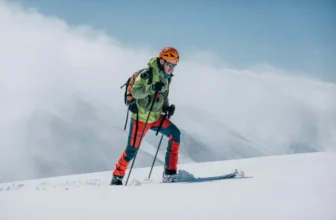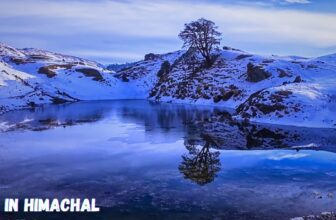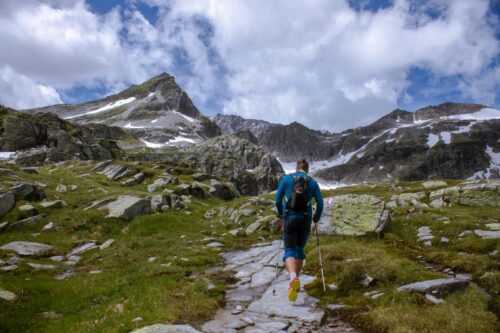
Where are we going, and how are we moving?
The content and volume of our backpacks depend on the direction and type of hike in the mountains. It’s one thing to raft down a calm river or ride a horse in comfortable climatic conditions, and another thing is to hike.
What is the weather like on the dates of the trip?
The second question is how things are transported. This is one conversation if the trip takes place on a jeep or horse with one-time radial exits (without equipment or light). If you carry everything on yourself – it’s different. Thus, we find out:
Who and how transports all our things during the whole trip?
The third preparatory question is what amenities, opportunities and services are on the route? If the course is provided with firewood (and you plan to cook on a fire), then you can take a minimum of gas – for small personal needs.
On the contrary, if there is no fuel along the way, you will have to take a burner and a lot of cylinders. The same goes for tents and sleeping bags: in the wilderness, you need to carry everything with you, and on some official routes, there are shelters where you can book a fully equipped tent and not drag your equipment.
What is on the route and what can not be taken from home?
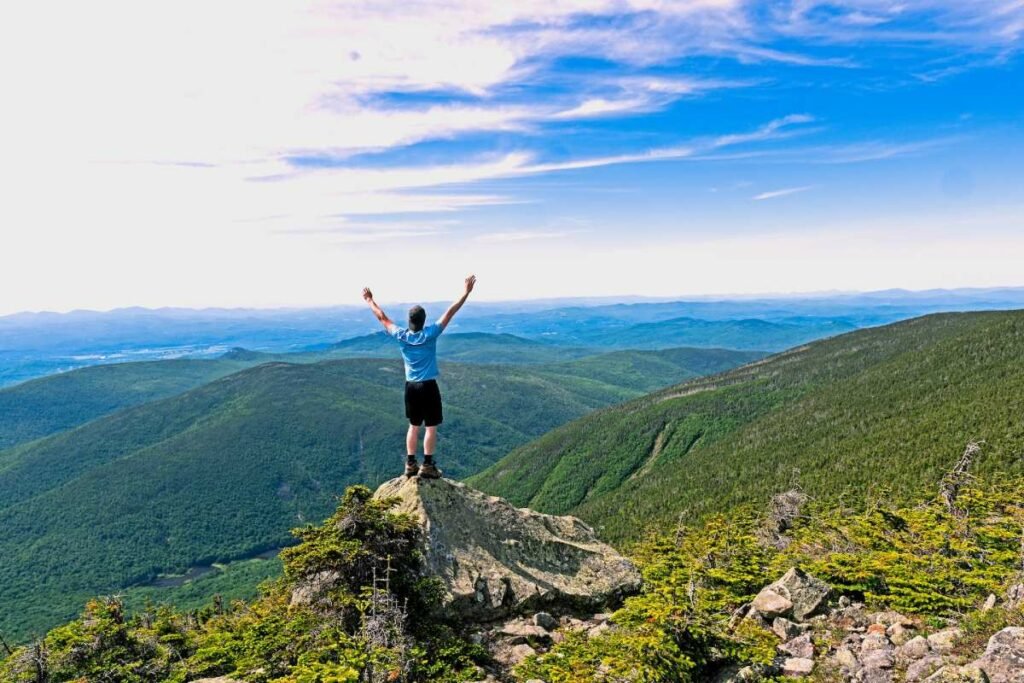
Finally, we find out the individual characteristics of the campaign. Do you need crampons and ice axes, or are regular trekking boots enough? Or is it possible to walk the route in sneakers?
Are we hiding all the equipment in hermetic bags, or are there no fords and showers in the campaign? Do I need mosquito and tick repellant? What about water – take the maximum supply, or are there enough sources on the route? That is, the final “general” question –
Clothing and footwear
Suitable footwear is essential when hike in the mountains. “Good” are trekking boots with thick soles, a membrane and ankle support (with a high top). It’s better not to bring it up.
At the same time, it is essential to remember that boots must be broken in before hiking: active walking for many hours over rough terrain in new shoes will inevitably give you a couple of blisters.
Clothes are lightweight and functional. It is best to assemble an “onion” set when the layers are worn on top of the other or combined in a suitable combination (for example, t-shirt-fleece-down jacket-windbreaker-raincoat).
In cycling, horse or river trips, it is better to ask the organizer about the intricacies of choosing equipment – for example, swimming trunks will take the place of a down jacket, and trekking boots will turn out to be a heavy and unnecessary load. Therefore, we return to the preparatory questions and assemble a set based on the answers.
Backpack
When hike in the mountains, a backpack should be comfortable. That is:
- With lumbar support (when the weight of the bag is distributed not only on the shoulders but also on the pelvic bone);
- With the ability to adjust the length of the straps for your height and physique;
- Sufficient volume;
- Pockets for small things will be required during the day’s transition (sun cream, sunglasses, windbreaker, snacks, headlamps for hiking).
- The backpack can be framed/anatomical (with metal plates inside, giving the back of the backpack a rigid shape) or frameless (soft).
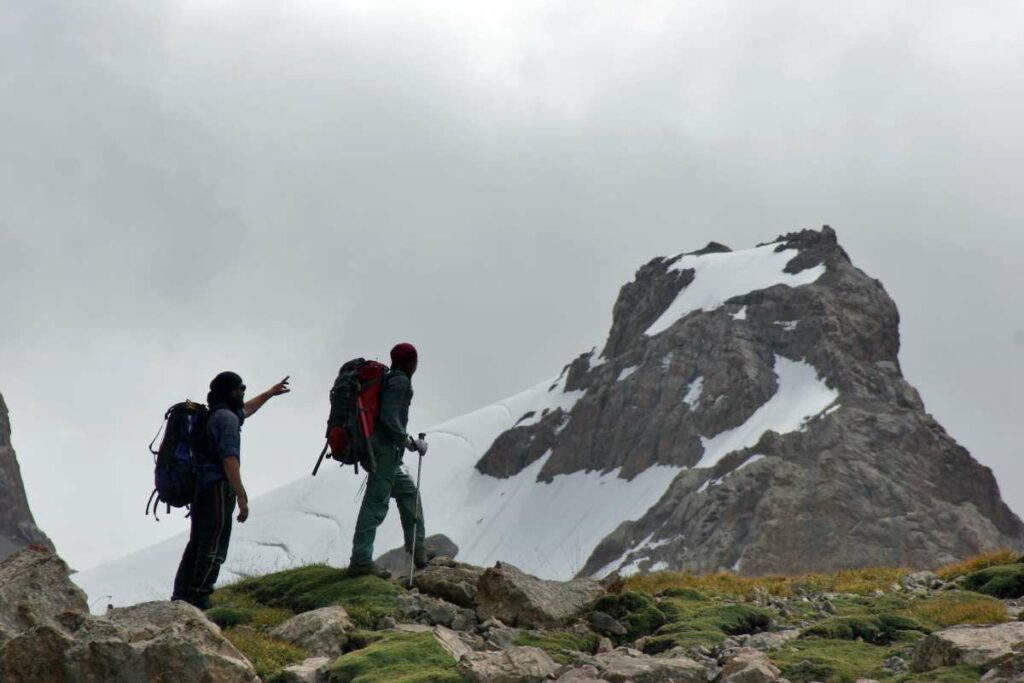
The former is heavier but more comfortable (the rigid back prevents sharp objects inside the backpack from pressing against your back), and the latter is lighter but requires skill when packing.
So, to create an impromptu frame, you can use a rug (karemat, foam) – it will give the backpack a shape and soften the sharp and unpleasant edges of the contents.
Tent, mat, sleeping bag
The tent can be a single layer (protects against mosquitoes) or a double layer (tent dome + separate top awning). For more or less severe hikes, only a two-layer tent is suitable: when the temperature drops at night, it will not let condensation inside, and it will also work when it rains.
A rug (regular foam or self-inflating) is another necessary piece of equipment. Traditional air mattresses are not used for hike in the mountains due to their heavy weight and risk of puncture and cold: if the mat insulates the body from the hard ground, the air mattress does not.
Hygiene
Ways to keep the body clean depend on the route. If a horse, jeep, boat or bicycle is carrying belongings, and there are enough warm bodies of water on the way, you can take a large towel and a complete set of shower products. But this rarely happens, so compromises begin:
- It is better to take a quick-drying synthetic towel;
- If there is no water at an acceptable temperature, you will have to dive into a cold lake or wipe yourself with wet wipes;
Everything that does not decompose naturally in the wild (first of all, wet wipes) must be taken with you and thrown into the trash at the end of the trip.
Also Read:
Prepare for hiking in the mountains: physical & psychological components



